Add Brand
Sign In
Close
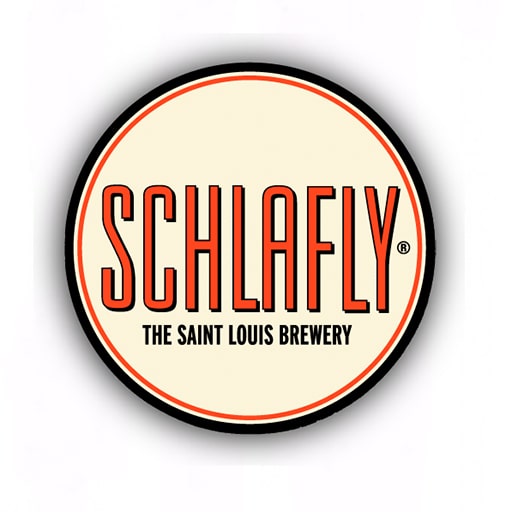
Schlafly
Are you the owner of this company?
Start your listing today – for free.
Register and add your brand description.
Country:
 United States
United States
 United States
United StatesAddress: 920 S Main St Saint Charles 63301 View map
WikiliQ
Products by "Schlafly"
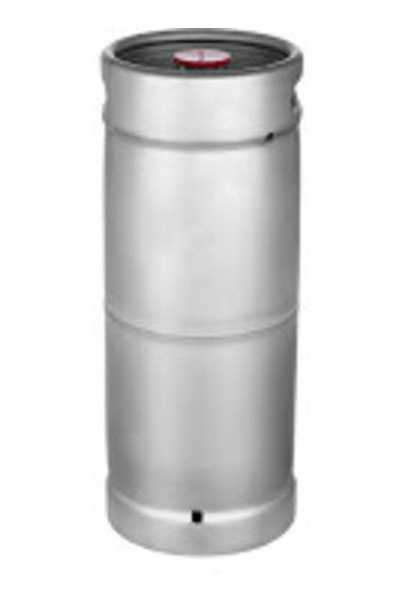
Schlafly Pumpkin Ale 1/6 Barrel
5.0

1 ratings

$170.00
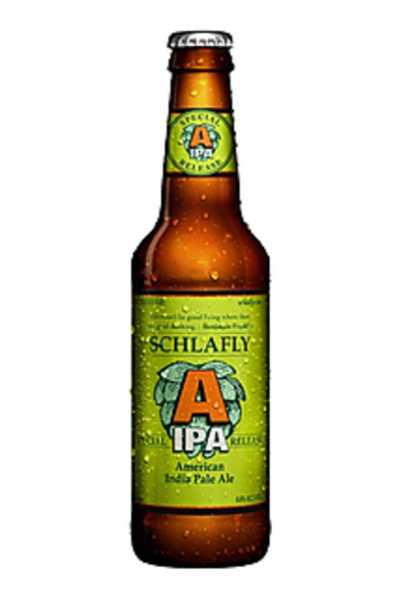
Schlafly American IPA
5.0

1 ratings

$12.99
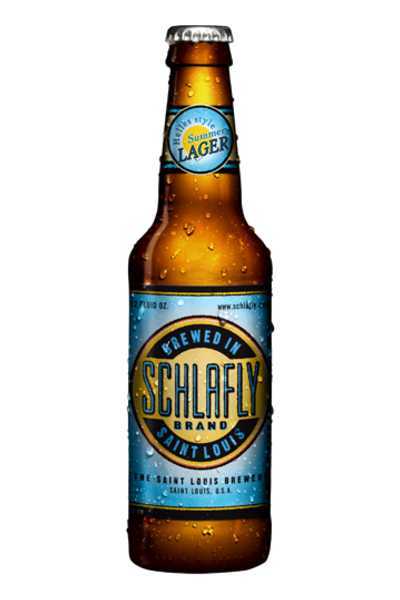
Schlafly Helles Summer Lager
5.0

1 ratings

$9.99
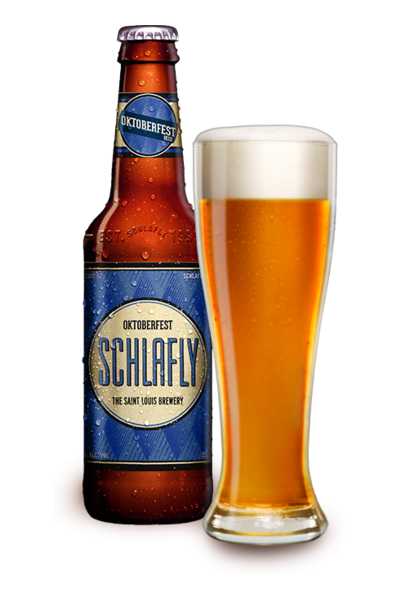
Schlafly Octoberfest
5.0

1 ratings

$13.99
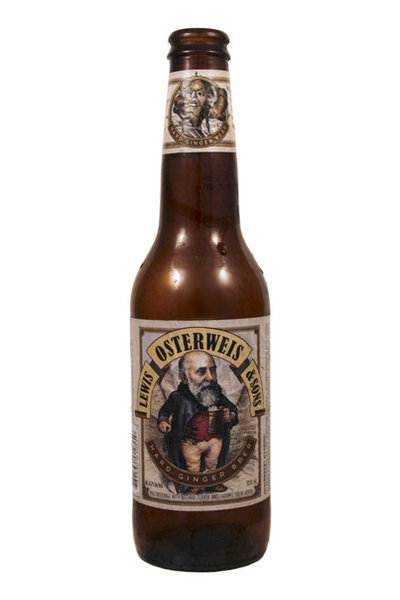
Schlafly Osterweis Hard Ginger Beer
5.0

1 ratings

$10.99
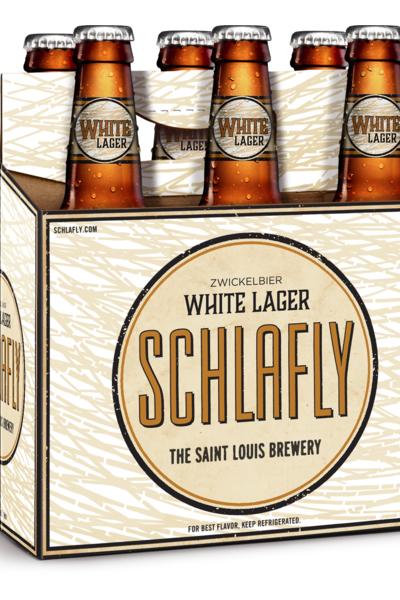
Schlafly White Lager Zwickelbier
5.0

1 ratings

$17.99
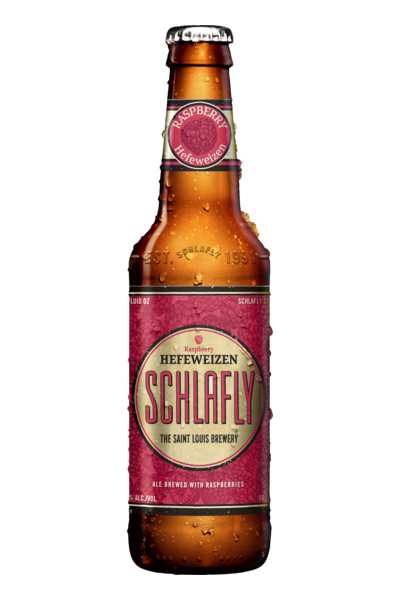
Schlafly Raspberry Hefeweizen
5.0

1 ratings

$2.29
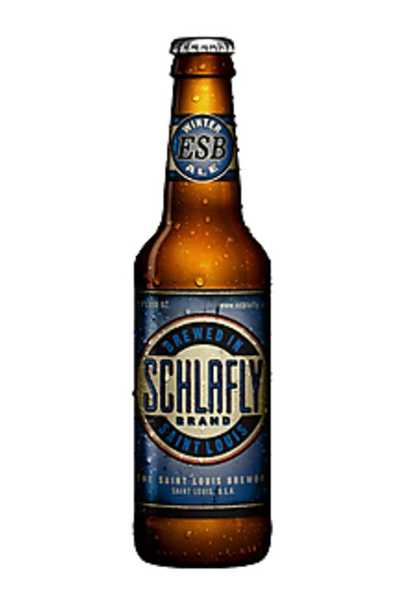
Schlafly Winter ESB Seasonal
5.0

1 ratings

$9.99
View All
WikiliQ